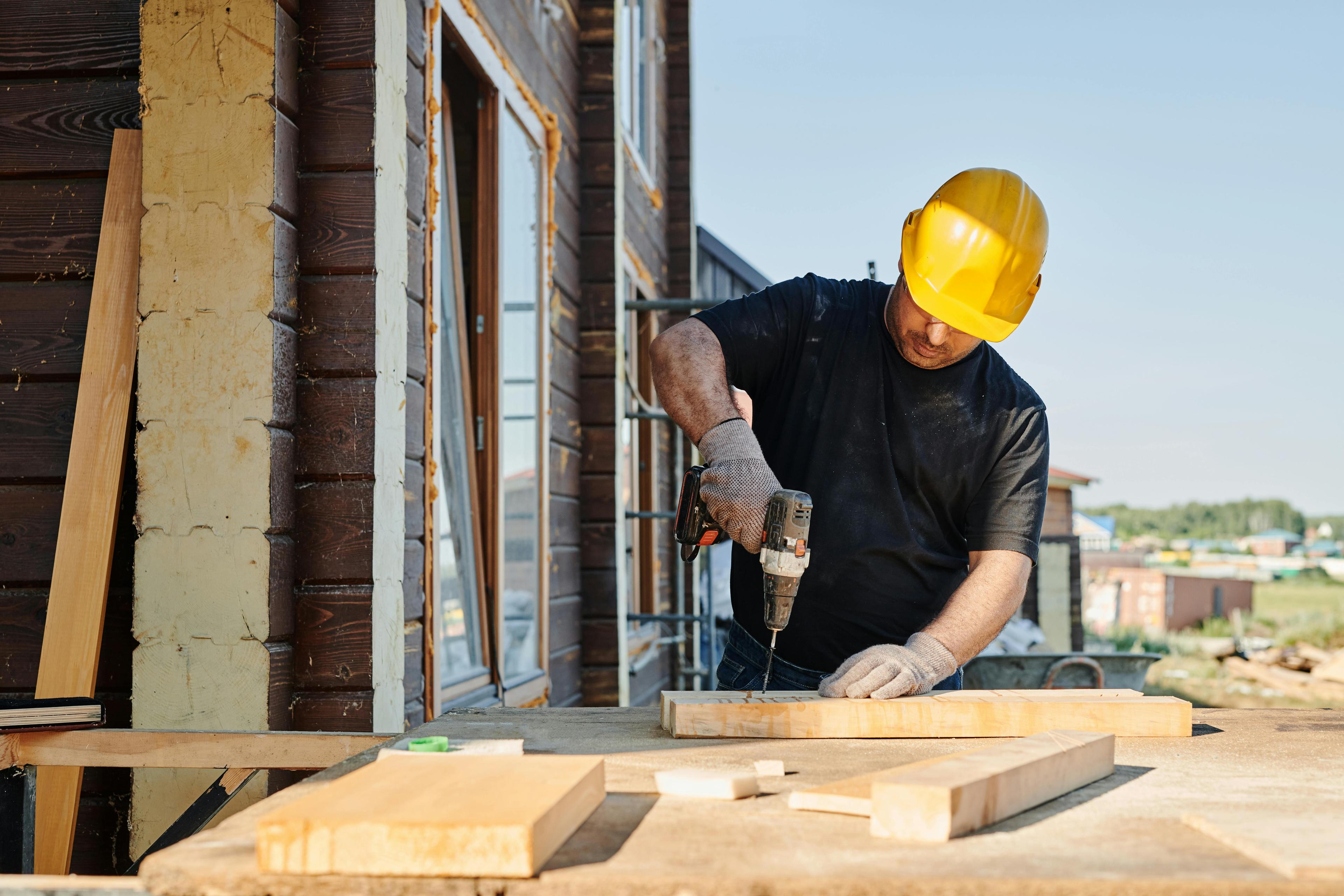Renovation projects can be thrilling for homeowners, but they often come with significant expenses. As a result, many people explore refinancing their homes to access the funds they need.
Whether you’re looking to replace your roof, expand your living space, or give your patio a fresh look, financing becomes an essential factor. One option to consider is mortgage refinancing.
Let’s explore what refinancing entails and weigh its pros and cons for financing your home renovations.
What is mortgage refinancing?
Mortgage refinancing involves renegotiating your existing mortgage to access additional funds that can be used for projects like renovations. The process is quite similar to obtaining your initial loan.
To qualify for refinancing, you need to have equity in your home. Equity is the difference between your property’s market value and the remaining balance on your mortgage. If your equity is insufficient, the bank may reject your application.
It’s also essential to note that refinancing typically allows you to borrow up to 80% of your home’s value, minus your outstanding mortgage balance.
Example calculation
Let's say your home is valued at $400,000 and you have $175,000 remaining on your mortgage.
1. Calculate maximum borrowing amount
$400,000 x 80% = $320,000
2. Subtract remaining balance
$320,000 - $175,000 = $145,000
In this scenario, you could refinance up to a maximum of $145,000 from your home. After your refinancing application is approved, your lender will adjust your monthly payments to reflect the new loan amount.
Pros and cons of refinancing your mortgage for renovations
Like any financing option, mortgage refinancing has its advantages:
- You typically enjoy lower interest rates compared to other financing options, such as personal loans or credit cards.
- Your loan is often amortized over a longer period, allowing you to make smaller monthly payments.
- By borrowing, you can avoid tapping into your savings, liquid assets, or emergency funds.
However, mortgage refinancing also comes with some disadvantages:
- Refinancing may involve legal fees for registering your loan and potential early repayment penalties.
- It’s most beneficial if the renovations will enhance your property’s value when you decide to sell.
- For minor projects with lower expenses, alternative financing options might be more advantageous.
What are the other financing options for your renovations?
In addition to refinancing your mortgage, there are several other ways to finance your renovation projects. Here are a few options:

1. Savings
If you have some money aside, consider using it for small renovations. Paying for materials out of pocket can help you avoid the need for credit and keep your credit more manageable.
2. Credit card
If your savings aren’t sufficient to cover smaller projects, a credit card can be a convenient option. Just be sure to pay off your balance in full each month to avoid accumulating high-interest charges.
3. Personal loan
Personal loans typically come with lower interest rates than credit cards. You’ll repay the loan in regular instalments over a period that usually ranges from 1 to 5 years.
4. Personal line of credit
If you have multiple long-term projects in mind, a personal line of credit can be a flexible choice. This option allows you to borrow funds as needed, with interest rates generally lower than those of a credit card. You only pay interest on the amount you use.
Unlike a personal loan, a line of credit lets you borrow multiple times up to a predetermined limit without needing to reapply with the bank.
5. Home equity line of credit
A Home equity line of credit offers similar benefits to a personal line of credit, but it is secured by your property. This can provide access to larger sums of money while often featuring lower interest rates.
6. Purchase-renovation loan
If you’re considering buying a new home that requires renovations, a purchase-renovation loan may be a good option. This type of loan allows you to add the costs of planned renovations directly to your mortgage amount, often referred to as a renovation mortgage.
7. Grants for energy-efficient renovations
If your projects focus on reducing your environmental footprint and energy consumption, you might qualify for grants or rebates. Many federal and provincial governments, as well as municipalities and utility companies, offer financial incentives for specific types of energy-efficient renovations. Be sure to explore these opportunities!
---
Before choosing your financing option, it’s essential to create a budget. This helps you assess the total cost of your renovation work. Additionally, regardless of the projects you plan, always set aside extra funds to cover unforeseen expenses.
Are you looking to refinance your mortgage?
XpertSource.com can help you in your efforts to find a mortgage broker. By telling us about your project, we will refer you to top-rated experts, free of charge! Simply fill out the form (it only takes 2 minutes) and you will be put in contact with the right experts.





